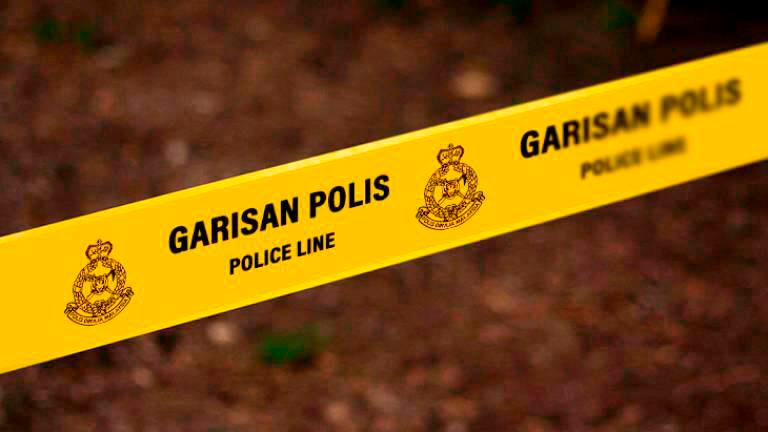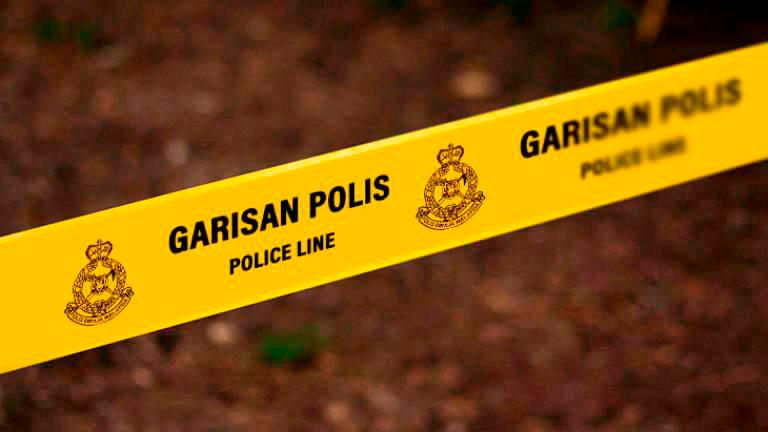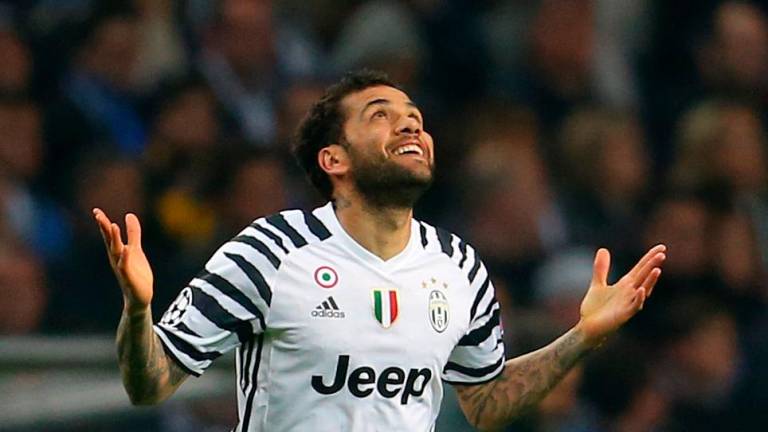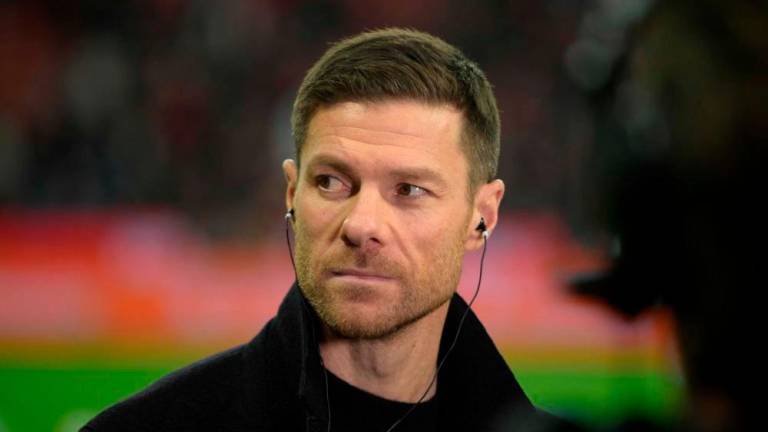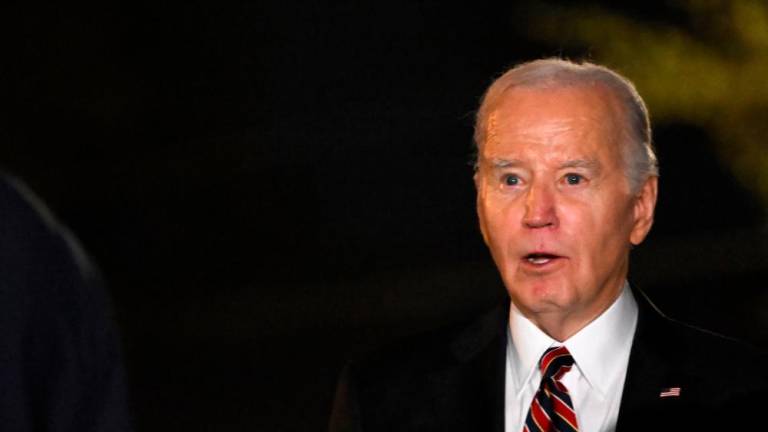THIRTY years ago the Berlin Wall fell. Then Soviet chairman Mikhail Gorbachev freed the Baltic states and allowed divided Germany to reunite. It was a geopolitical earthquake and a major miracle of our times.
The mighty Soviet Union had become exhausted by its long struggle to keep up with the United States and its rich allies. Moscow had 40,000 tanks but its economic infrastructure was an empty shell.
A senior KGB general told me that a decade earlier renowned Soviet physicist Andrei Sakharov had warned the Politburo that failure by Soviet industry to account for deprecation to modernise and replace outdated equipment would provoke a major crisis by 1990. This is exactly what happened. By 1990, Soviet industry was broken down, outdated or rusted away. The Kremlin could no longer maintain the welfare state with its free medicine and education, long holidays, vacation spas, early pensions and unaffordable military spending.
The Soviet empire came crashing down after a revolt by East Germans, followed by Baltic peoples and central Europeans. Gorbachev, an idealistic leader of high ethics, refused to use the Red Army to crush the rebellion.
KGB, fed up with decrepit Communist misrule, abandoned the party and moved to take control. East Germany broke free of Moscow and joyously reunited with West Germany, altering Europe’s balance of power to the displeasure of Britain and France, Germany’s historic rivals.
According to the Russians, Moscow made oral agreements with Washington, London and Paris that in exchange for allowing Germany to reunite and then join Nato, the Western powers vowed NOT to extend the alliance into the former Communist states. They agreed to a neutral buffer zone across Eastern Europe and the Baltics.
The West lied. Precisely the opposite occurred. Nato, led by its sponsor, the US, moved east, using its economic and political clout to dominate Hungary, Czechoslovakia, Poland (they were delighted), the Baltic states, Bulgaria, Romania and the wreckage of former Yugoslavia. New Nato bases in Romania and Bulgaria gave the US-run alliance much greater access to the Middle East.
The Georgian government, led by Gorbachev’s foreign minister Eduard Shevardnadze, a key player in dismantling Communism, was ousted in a CIA-led “colour revolution”.
Protests by Russia over Nato’s intrusion into Eastern Europe were scornfully dismissed by the West with “well, you don’t have anything in writing to confirm your claims of a deal”.
True enough, in the confusion Moscow and its diplomats failed to get signed treaties. “We trusted the Western powers”, came their pathetic reply. US intelligence agencies were looting Moscow of its military technology and bribing the corrupt government. At times, Russia felt like an occupied nation.
The US poured vast sums of money into Russia to shore up its pro-US oligarchs and robber barons, corrupting everyone in their path. A bunch of drunken former Communist Party bigwigs attempted a clownish coup, only to be blocked by the KGB and military. Another serious drunk, Boris Yeltsin, was helped into power on a route paved with US$100 bills by the West. It was Russia’s darkest hour.
KGB finally seized power by outing Yeltsin and installing one of its brightest officers, Vladimir Putin. He began rebuilding Russia and cleaning Moscow’s Augean Stables. Germany achieved another miracle by its successful reunification with former East Germany.
Eric S. Margolis is a syndicated columnist. Comments: letters@thesundaily.com







